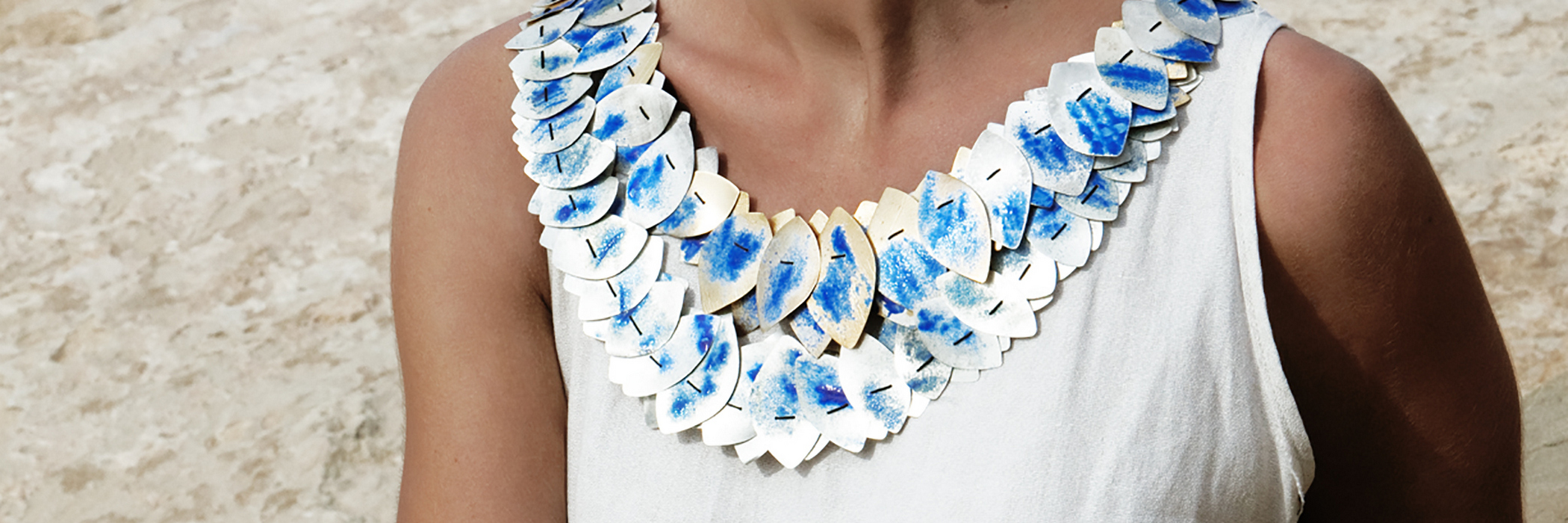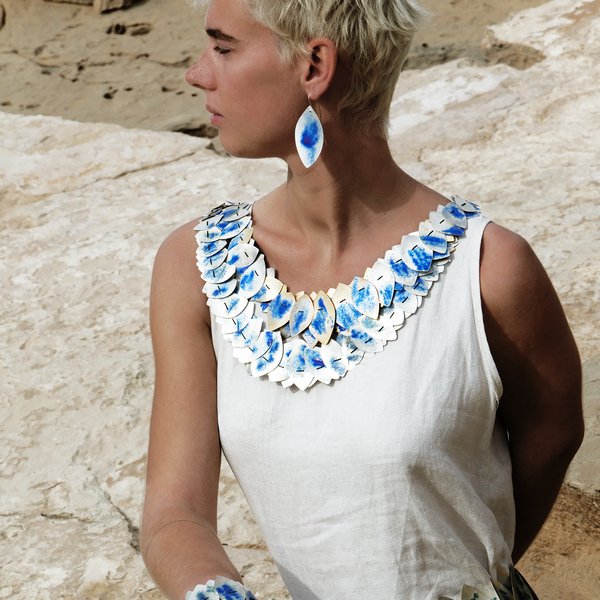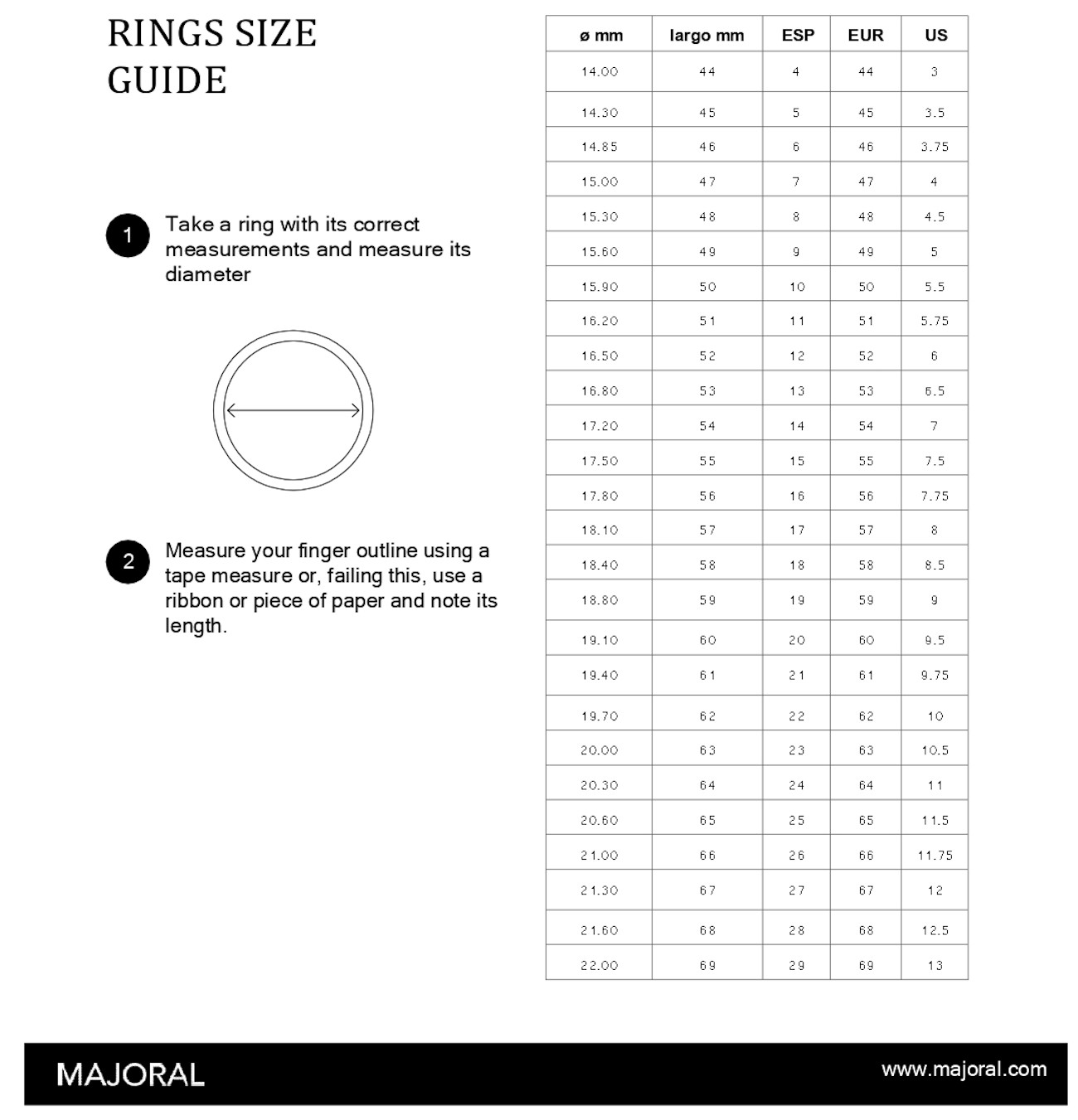
The influence of Phoenician culture: a legacy still present in Mediterranean jewellery
Phoenician culture established itself along the eastern Mediterranean from the early second millennium BC, developing jewellery techniques that revolutionised Mediterranean art and culture. Situated along the easternmost coast of the Mediterranean Sea, from the 5th century BC the Phoenicians established major trade routes all along the Mediterranean coast.
During this period they became an influential civilisation, with trade combined with artisanal production by means of three large activities: fabrics, glass and metals. In fact, the development of goldsmithing techniques had a great impact on ancient Mediterranean jewellery, their art being greatly appreciated by civilisations such as the Greek and Roman. The Phoenician influence arrived on the Iberian Peninsula in the 7th century BC, representing a turning point in the development of its artisanship.
Outlining a brief history of Phoenician jewellery enables Majoral to connect with the origins and cultural bases that link the Mediterranean peoples. Rediscovering their techniques and style, uniting them with contemporary influences, enables us to create timeless jewellery.
Phoenician artisanship: light jewellery and a refined aesthetic
Phoenician culture is characterised for being a Pioneer in the development of new jewellery techniques, among which we can highlight gold soldering. Previously gold items of jewellery were solid, gold blocks, rigid, sometimes uncomfortable, which required a lot of metal for their creation.
Moulding the gold, bronze and copper, joining fragments of metal with fire, the Phoenicians were able to create hollow pieces, ( Phoenician Gold Work) light designs never seen until then. The use of techniques such as grounding, filigree and laminating enabled the creation of elaborate jewellery, rich in details with plant motifs or inspired by oriental styles, mainly those belonging to ancient Egypt.
Flexibility would be the main characteristic trait of Phoenician jewellery.
The use of gold and innovation on the Iberian Pensinsula
On their arrival to the Iberian Peninsula, the Phoenicians exploited mines in the south and extracted gold from the auric rivers that came out in the Atlantic.
During their stay on the Iberian Peninsula, the Phoenicians also developed new techniques for embossing gold. They made carnelian necklaces in reddish shades, seal-style gold rings, charm holders, necklaces in the shape of a sphere and medallions.
In this period, they also developed new systems of closure for jewellery, still used today. Their capacity to create chains and necklaces in fine gold raised the level of jewellery. It also enabled the incorporation of glass beads, made by the Phoenicians themselves, bringing colour and dynamism to their jewellery.
Mediterranean jewellery: meeting point of different cultures and civilisations
Today, Mediterranean jewellery is the heir of distant cultures and civilisations that have left their mark throughout history. The Greeks, Romans, Egyptians, Phoenicians, Iberians or Gauls, among many other civilisations, have left their knowledge, customs and art in the lands bathed by the Mediterranean.
This has meant that Mediterranean jewellery is a heterogeneous discipline, diverse and culturally rich. Majoral, from an artistic vision of jewellery, has taken up the baton from this cultural richness to become inspired in the creation of its collections.
In summer 2018, Majoral was invited to collaborate in Adlib Ibiza Fashion Show, to design a series of pieces called“Phoenicia and its goddesses”. Light pieces, sculptural and in large formats, that move accompanied walking by whoever wears them, paying homage to the jewellery worn by Mediterranean men and women millenniums ago.
 Cookie preferences
Cookie preferences


